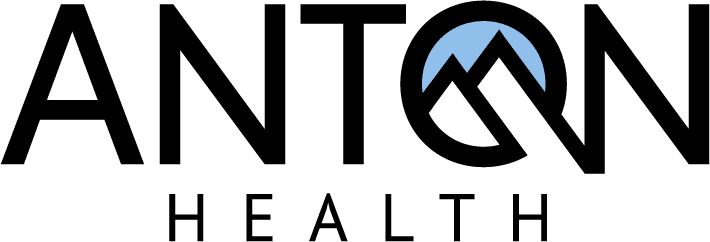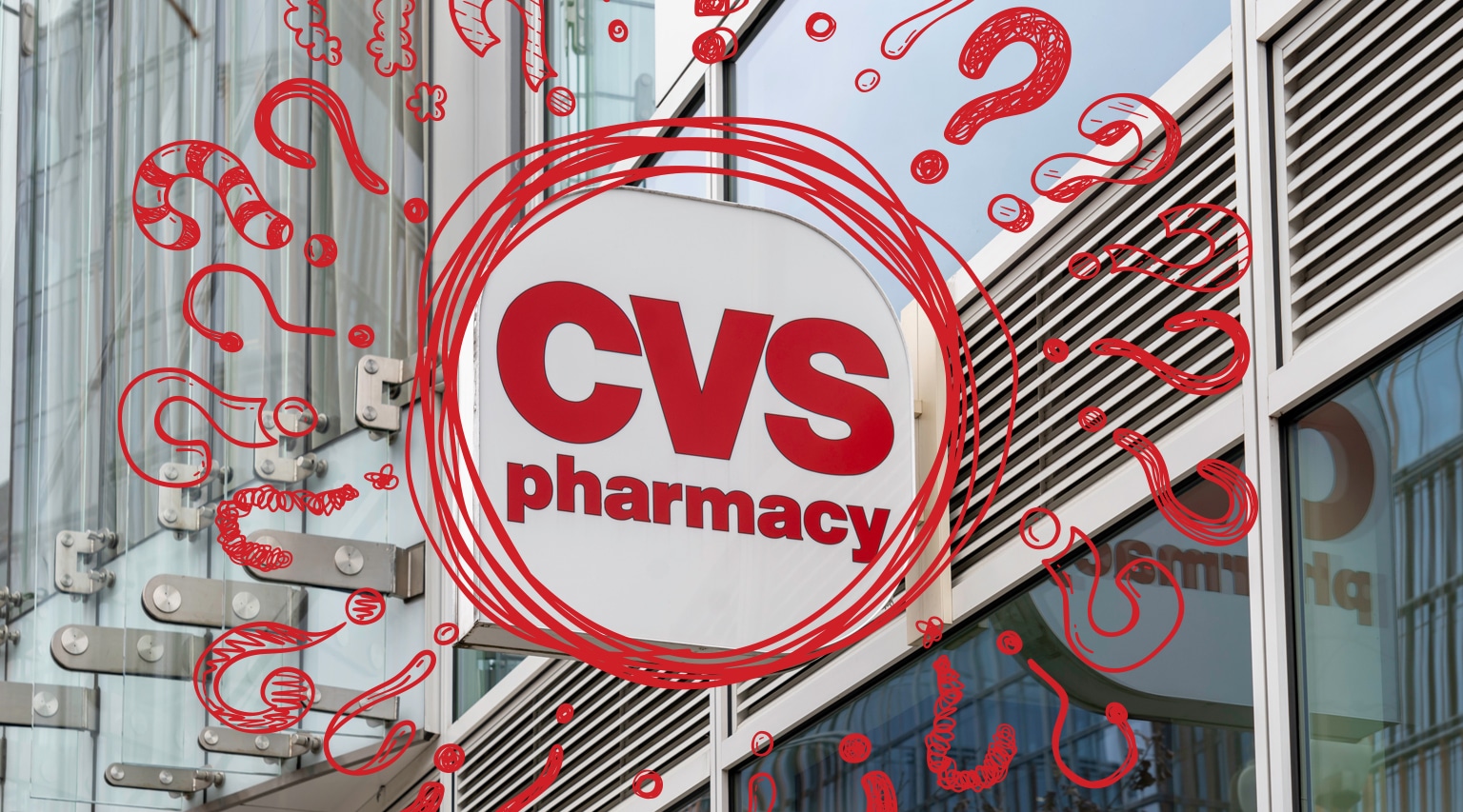CVS recently released its a Drug Trend Report for 2021. Caremark found that 35.9% of its clients saw negative specialty trend in 2021. In addition, 65.3% saw specialty trend under 10%, according to the report.
Both stats would normally be considered stellar performance for specialty.
But, peel back the onion to see how some savings were really extracted.
CVS points to two areas, 1) the increased use of generics and 2) by taking advantage of manufacturer copay cards. But, there are still precious few generics in specialty that can make big impacts on specialty trend and, the push to use manufacturer co-pay cards is now a questionable business practice and is under the regulatory spotlight at both the federal and state levels.
CVS’ web site states that their copay card program, PrudentRx, was introduced in 2020 and adopted by a number of clients for 2021. Those that signed on with the program saw 12.5% decrease in their specialty drug spend on average, while those who were not enrolled in the program saw costs increase by 7.4% on average.
It goes on to say, “Members pay $0 out-of-pocket for any specialty therapy prescription on the client’s exclusive specialty drug list (translate as exclusions…. often generics!) as long as they remain enrolled in the program. The PrudentRx program works with clients’ plan designs and formulary & utilization management, to help continue to drive to the lowest net cost therapies.” (Guess how the savings get distributed!)
Now here is the real kicker….. “Because the program is combined with our True Accumulation offering, the portion of drug cost paid for by the copay card does not apply to the member’s deductible or annual out-of-pocket limit, helping prevent a negative impact on payors and plan premiums. By doing so we can help members benefit from drug copay cards without raising costs for the plan. (Members increasingly dispute that this program is meant to ‘help’ them!)
——————————————————————————————–
How CVS Caremark kept specialty drug trend to an industry low in 2021
CVS Caremark kept overall drug trend for clients to 2.4% over the first three quarters of 2021, marking multiple years of single-digit trend in drug price growth.
The pharmacy benefit management arm of CVS Health also kept its specialty drug trend to single digits through the third quarter, at an industry-low 5.8%, according to the company’s annual Drug Trend Report released Thursday. Caremark found that 35.9% of its clients saw negative specialty trend in 2021. In addition, 65.3% saw specialty trend under 10%, according to the report.
Alan Lotvin, M.D., president of Caremark and executive vice president of CVS Health, told Fierce Healthcare that while a coming wave of biosimilars holds the greatest promise to address growing specialty drug costs, there are steps that can be taken now to mitigate those expenses effectively.
For one, there is a growing selection of generic options in specialty that can offer a lower-cost alternative, he said. In addition, PBMs can track whether patients are using the appropriate dose or medication regimen, which can mitigate costs. If a patient is taking a drug that doesn’t benefit them or inadvertently stockpiling doses, that can drive up expenses, he said.
Plans that can consistently drive down cost also have their arms around waste and take advantage of programs that can capture lower costs, such as by taking advantage of manufacturer copay cards.
“Some of it, I would say, is good pharmacy benefit management hygiene,” Lotvin said. “Highly managed plans can get control over their drug spend.”
CVS’ copay card program, PrudentRx, was introduced in 2020 and adopted by a number of clients for 2021. Those that signed on with the program saw 12.5% decrease in their specialty drug spend on average, while those who were not enrolled in the program saw costs increase by 7.4% on average.
The program aims to prevent drug companies’ copay card programs from circumventing the insurance plan, according to the report.
Digital intervention and communication have also proved critical in managing drug costs, according to the report. Most members, about 92%, are actively enrolled in digital communications with CVS, which allows the PBM to track adherence, answer questions and act proactively about their treatment plan.
In addition, Caremark is connected directly to 75% of members’ electronic health records, according to the report.
These digital channels have led to savings of about $3,000 per effective clinical intervention and $2,300 for each patient that was targeted by interventions to manage excess supply.
While these successes have been noted, the true promise in managing growing costs is in the coming wave of biosimilars products to challenge costly, popular therapeutics. While the industry awaits true challengers to industry leaders like Humira, there are already examples of biosmilars driving down costs.
Biosimilar drugs for Remicade, an immunosuppressive drug, hit the market about five years ago. Since then, they’ve driven down the therapy’s price by nearly half.
“That deflationary pressure on drug cost from the biosimilars will be substantial,” Lotvin said.
CLICK HERE to read the full article
CLICK HERE to visit the CVS web site for statements on PrudentRx






